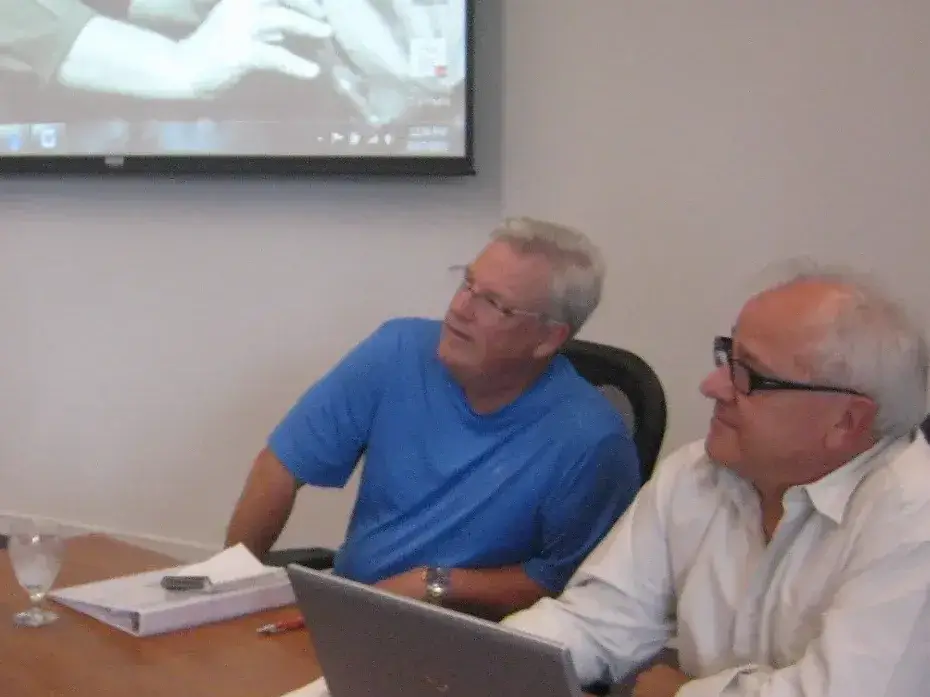
This list comes from the seasoned television producers who taught in the Banff Science Communications program. Thanks Henry and Rob!
Interview do’s
- This is a two-sided do and don’t. Respect the reporter and the audience. However, don’t assume they are knowledgeable about your subject.
- Prepare.
- Be succinct.
- Try to talk with your hands and arms – but not too much.
- Your feet should remain planted in one spot for most of the interview. This helps the shooter or videographer to keep you nicely framed throughout the interview, unless you have agreed to walk and talk beforehand, which is even better.
- Use examples and analogies.
- Try to relax. It helps to forget the camera and microphone are present.
- Look at the interviewer and not the camera. Even if they are not looking at you (they may be checking notes or something). The only exception to this is if you are being interviewed from a remote location, in which case you should look at the camera, as though you are speaking directly to the person who is on the other end of the camera.
- Never refer to the reporter during the interview, because it may be set up so it appears you are being interviewed by another host elsewhere.
- Start with a smile (unless of course it is tragic news). Your mood should reflect the mood of the story.
- Make sure your personality comes through, don’t go into spokesperson mode.
- Pretend you are talking to someone in junior high school, which tends to make you more animated or lively. This helps turn academic perspectives into something more digestible for news audiences.
- Always assume you are being recorded.
- Whatever you say, be prepared to see it published.
- The interview is not over until the journalist has left the building. Reporters are always on duty.
Interview don’ts
- The two-sided do and don’t. Respect the reporter and the audience. However, don’t assume they are knowledgeable about your subject.
- Don’t speak “off the record.” If you don’t want to be on the record for saying something, don’t say it.
- Don’t offer personal opinions if you are a spokesperson for an organization.
- Don’t number your answers, for example, “There are three reasons why we are doing it this way” unless it is key that all are included. In the editing process, they may just pick number two.
- Don’t refer to earlier answers with bridging phrases like, “As I said earlier”
- Don’t worry about repeating yourself. Repetition will help highlight the key messages.
- Don’t gaze around the room (even on radio).
- Don’t fill awkward pauses (reporter may simply be taking notes or giving you the opportunity to elaborate). However, it is not your responsibility to keep the interview going. If the interview is in person and you are done answering a question, smile then shift slightly toward the interviewer. This body language says the ball is back in their court.
- Don’t give long and grand answers. Stick to the basics thus making it easier for the reporter to sift through the information to collect the highlights.
- Don’t answer questions you do not want to answer. It’s okay to say, “I don’t know.”